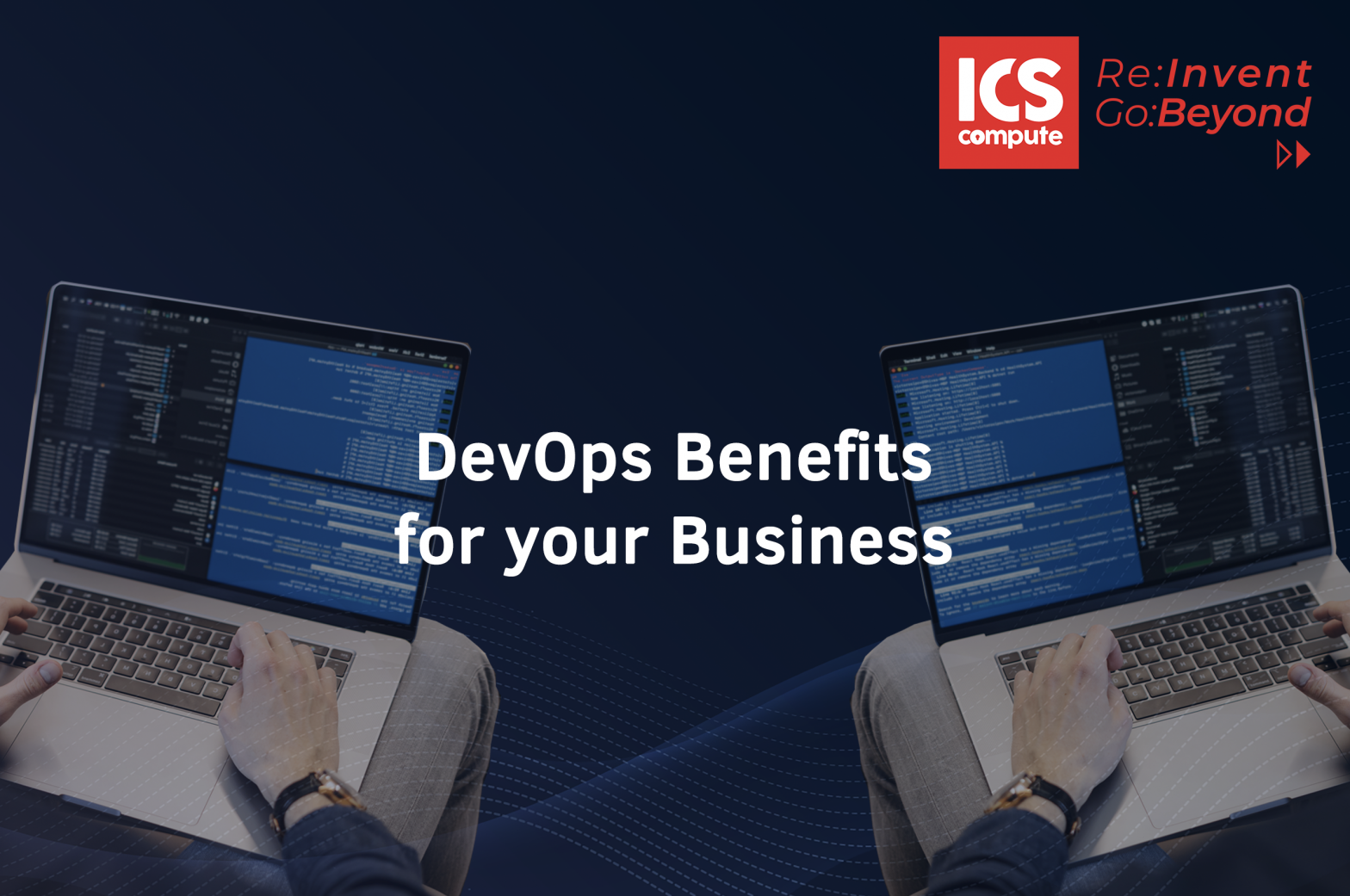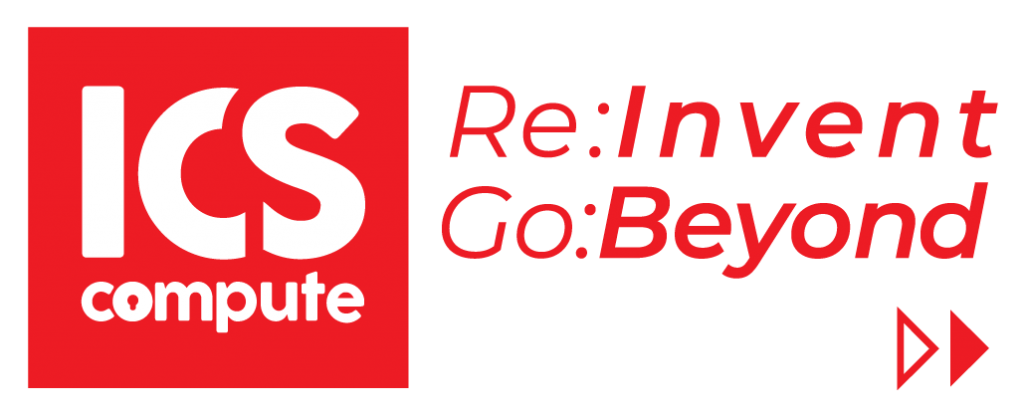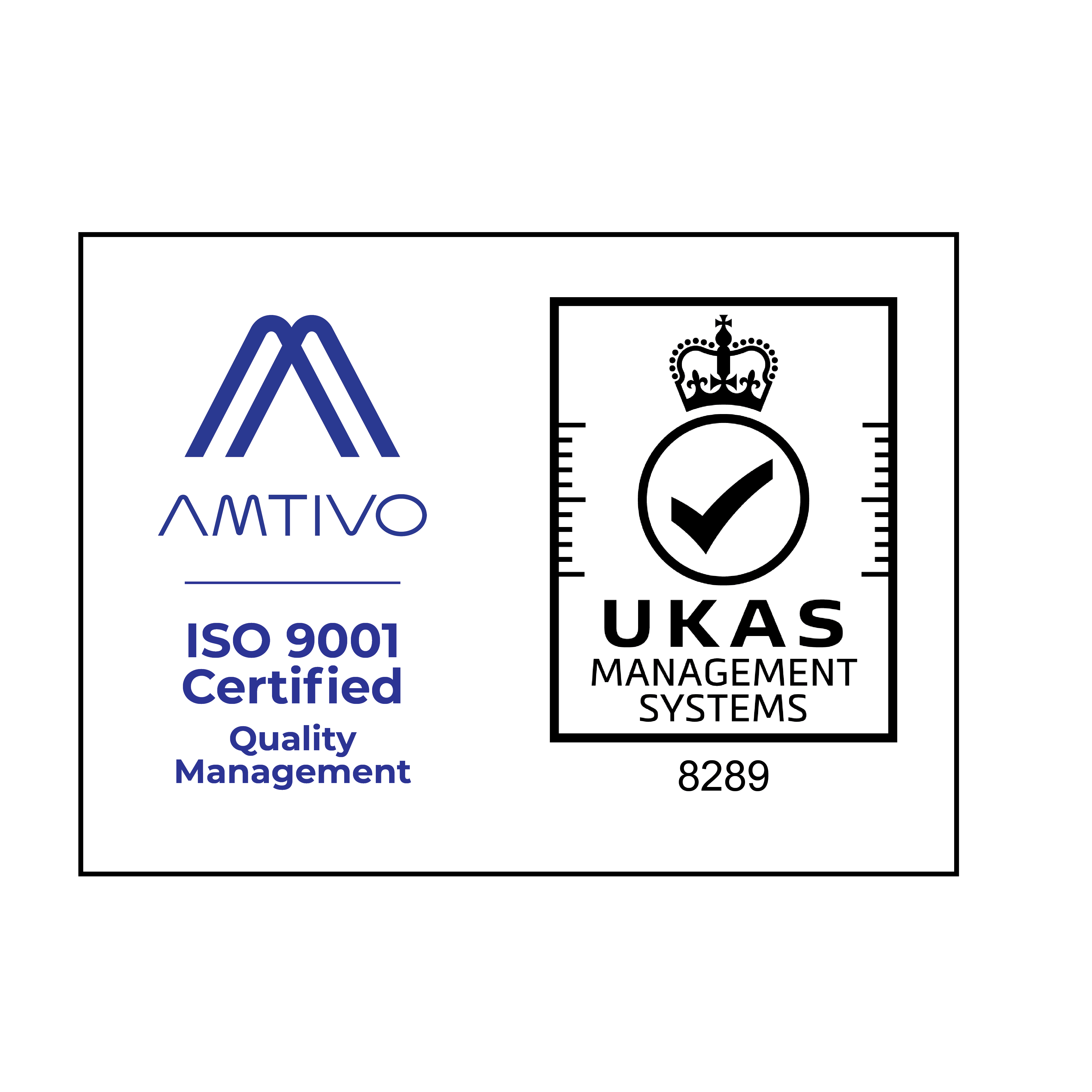Author :
ICS Cloud Architect
Category :
DevOps Benefits for your Business

In today’s modern world, every business actor is required to be able to continue to develop and issue the latest innovations quickly but also by reducing existing risks, both from a technical and commercial perspective.
To meet this need, one of the solutions is to take advantage of the Devops solution. DevOps is the combination of cultural philosophies, practices, and tools that increases an organization’s ability to deliver applications and services at high velocity: evolving and improving products at a faster pace than organizations using traditional software development and infrastructure management processes. This speed enables organizations to better serve their customers and compete more effectively in the market.
So, what are the benefits of implementing DevOps in your organization? Below is the list of benefits you could enjoy after implementing DevOps.
8 Benefits of DevOps for Businesses
DevOps offers businesses of different sizes multiple benefits that help them become more agile, efficient, and productive. Here are the eight business benefits of DevOps you can get for implementing Devops on your company:
Increased Efficiency and Productivity
With the improvement of the development and operation team on the same page, we can get improved communication and collaboration. This improved communication and collaboration also helps to avoid misunderstandings and errors, resulting in a more efficient and productive overall process.
Reduced Downtime and Faster Recovery Times
By automating the tasks that are usually done manually, you can speed up the entire process and mitigate the chances of something going wrong. Also if something does go wrong, the automated tools and techniques will help you to recover more quickly.
Better Quality and Reduced Defects
With DevOps solutions, organizations can improve the software quality of their products while also reducing the number of defects. By bringing together development and operations teams, you create a more unified process that can help to identify and resolve problems earlier in the development cycle. This leads to better customer experience and higher-quality software that is less likely to have defects when it goes into production.
Faster Time to Market
Implementing DevOps helps businesses get their new products to market faster by speeding up the software development process. With tighter integration and collaboration between teams, you can reduce the amount of time it takes to get a new product or feature from development to production. This can be critical for businesses that need to stay ahead of the competition and maintain a strong market presence.
Improved Scalability
DevOps adoption helps businesses facilitate their scalability by automating the tasks that are traditionally done manually. By taking care of the routine tasks, you can free up your team to focus on more important things and handle increased demand as it comes. And by using DevOps practices, businesses can scale their operations up or down as needed without having to worry about disruptions or delays.
Cost Savings
DevOps can also lead to cost savings for businesses. By automating tasks and using more efficient processes, you can reduce the amount of time and resources required to get a product or feature to market. And by improving the quality of your products, you can reduce the number of defects and rework that is needed, resulting in even more savings.
Better Security
One competitive advantage of DevOps is the better security that it can provide for businesses. With DevOps, you can take a more holistic and integrated approach to security that covers the entire development process. This helps to identify and fix vulnerabilities earlier in the process before they have a chance to cause damage. And by using automated tools and techniques, you can reduce the chances of human error, which is often the cause of security breaches.
Easier Management and Oversight


